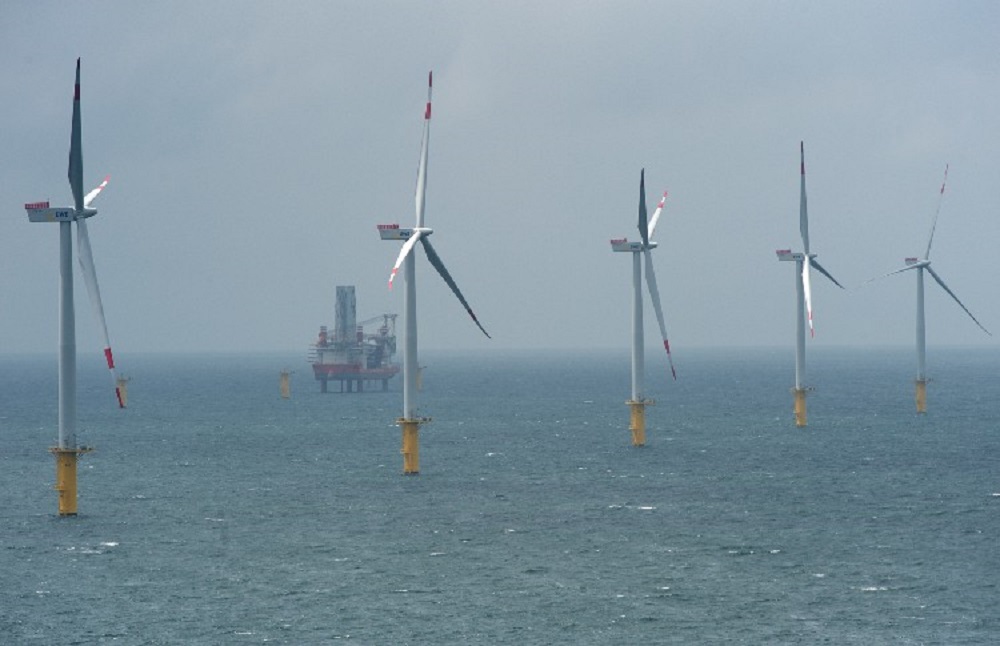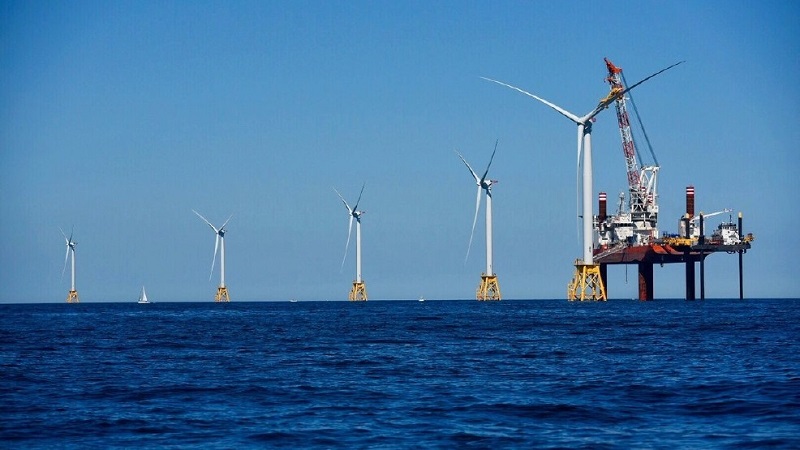Opinion: Maryland Must Act Fast on Offshore Wind or Risk Being Left in the Dust

Maryland was the first state out of the gate with a relatively large contract in 2017 when its Public Service Commission authorized 368 megawatts of offshore wind. But there are no further plans, targets or even officially announced ambitions. New Jersey’s 3,500 megawatts 2030 target will mean almost 20 percent of its electricity will be from offshore wind. Without new action, Maryland will be stuck at just 2.5 percent.
The well-established industry in Western Europe will initially supply the major components. But with a pipeline of large projects, such as the ones announced this month, it will very soon make much more economic sense to build the infrastructure on the East Coast. Where will the hubs of this new industry be located?
Offshore wind developers and their manufacturing partners are likely to locate them in the states with the assurance of a steady flow of substantial projects. For instance, New Bedford, MA, could well be transformed into a thriving energy port again – as it was when oil from whale blubber lit the homes of the wealthy far and wide, before new-fangled kerosene came along in the 1860s.
What about the Port of Baltimore?
By the time the next Maryland General Assembly is in the thick of its session in early 2019, the East Coast will be abuzz with offshore activity from orders made this year and the anticipation of more to come. Specifically, the offshore industry will be in the midst of deciding where to locate the hubs for this vast new industry and the tens of thousands of well-paying jobs that will accompany it.
Maryland’s early renewable energy efforts were pioneering and promising. But its ambitions have flagged; its renewable energy model has remained stuck in the past. Despite a 25 percent renewable portfolio goal by 2020, Maryland currently has only about 4 percent wind and solar energy in the state; Iowa has more than 40 percent. Leaving aside the in-state solar energy, Marylanders spend tens of millions of dollars each year buying pieces of paper that represent renewable energy credits generated mainly in other states, leaving the actual electricity to other purchasers.
Relative to the more ambitious states, Maryland now lags in offshore wind orders. Much of its solar industry is in disarray from the collapse of prices for solar renewable energy credits. The state is at imminent risk of missing the offshore industrial revolution.
In short order, Maryland must create an ambitious program to purchase offshore wind electricity, with a large, new short-term target and a total of 2,500 megawatts by 2030. Gov. Larry Hogan should ask the Maryland Department of the Environment and the state’s Climate Commission to put these targets (and similar ones for solar energy generation) in the state’s forthcoming draft plan to reduce greenhouse gas emissions by 40 percent by 2030; so should all other candidates running for office, regardless of party.
Without a unified vocal and visible commitment to spring into action by the 2019 legislative session, Maryland and the Port of Baltimore are likely to be in the rearview mirror of New Jersey, New York, Massachusetts and, horrors, possibly even Virginia by this time next year.
ARJUN MAKHIJANI
The writer is the president of the Institute for Energy and Environmental Research.



 Creative Commons Attribution
Creative Commons Attribution